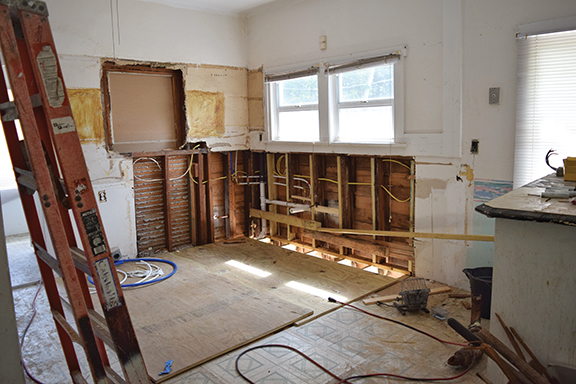Home Flipping Sales and Profit Margins Both Decline Across U.S. in 2020
Number of Homes Flipped by Investors Decreases for First Time Since 2014 ATTOM Data Solutions, curator of the nation’s premier property database, released its year-end 2020 U.S. Home Flipping Report, which shows that 241,630 single family homes and condos in the United States were flipped in 2020, down 13.1 percent from 2019 to the lowest point since 2016. The number of homes flipped in 2020 represented 5.9 percent of all
Read More












